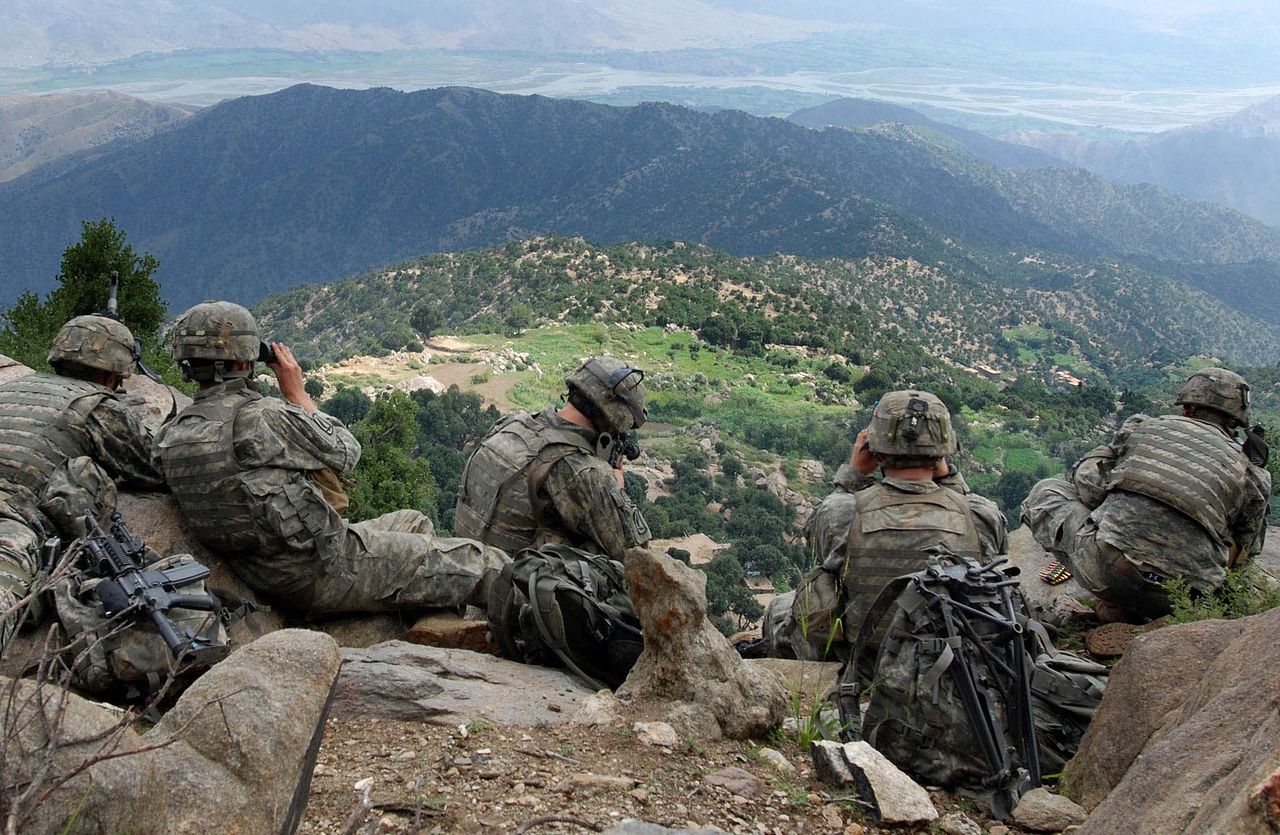The Camo Chronicles, Part 4: Universal Challenge
The goal of developing a camouflage pattern that works in all places has proven elusive for the U.S. Army
A year after the Marine Corps debuted the new Marine Corps Combat Utility Uniform (MCCUU) and its digital MARPAT camouflage pattern, the U.S. Army launched development of the Army Combat Uniform (ACU) to replace the Battle Dress Uniform that it and other service branches started using back in the early 1980s. And while some of the ACU’s requirements—improved visual and near-infrared capabilities, for instance—mirrored what had been achieved with the MCCUU, the Army specified a design goal for the ACU that would set it apart from all other combat attire: “provide a universal camouflage pattern with acceptable levels of performance in woodland, desert, and urban terrains.”
Whether such a one-pattern-fits-all design is even possible is debatable. But at least the Army got off on the right foot by having the Natick Soldier Research, Development, and Engineering Center (NSRDEC) perform field evaluations of more than a dozen camouflage patterns and color combinations.
Unfortunately, that good start was soon marred by controversies.
It was in 2004 that the Army’s Program Executive Office (PEO) Soldier and the Chief of Staff of the Army approved the UCP, or Universal Camouflage Pattern—a pattern not among the 13 tested by NSRDEC, which didn’t complete its camouflage evaluation until 2005. Subsequent NSRDEC studies incorporating UCP didn’t boost confidence in the new, apparently untested camo. A 2006 NSRDEC test called “Computerized Visual Camouflage Evaluation” found that the contractor-developed MultiCam pattern, which was among those tested by NSRDEC, “performed significantly better than the UCP in most conditions.” In 2009, NSRDEC identified four camo patterns—including the Marine’s much-lauded MARPAT—that outperformed UCP across the woodland, desert and urban settings.
The strange thing is that, at least according to official channels, there weren’t many complaints about UCP coming from troops in Afghanistan and Iraq. Brigadier (now Major) General Peter Fuller, who headed PEO Soldier at a time when media reports of UCP’s shortcomings were becoming more frequent, said that “I have not seen an ONS [operational needs statement] from either theater saying they have a camouflage problem; go get me an alternative.”

U.S Army forces wearing UCP-based uniforms in Kunar Provice, Afghanistan.
Still, there must have been something to all the fuss. Beginning in the spring of 2010, soldiers deploying to Afghanistan were issued MultiCam-based ACUs; those already in country started receiving the new uniforms that fall. The Army Web site explained that the move was made because UCP “did not meet all of the concealment needs for Afghanistan's multiple regions.” Though dubbed “Operation Enduring Freedom Camouflage Pattern,” the acronym was simply OCP.
But the move to MultiCam was a temporary solution, and the Army continued researching new camo patterns to replace the UCP, though in 2014 its candidate selections were limited by provisions in the 2014 National Defense Authorization Act. Consequently, a pattern called Scorpion W2—a derivative of one of the patterns originally tested by NSRDEC—was selected, and ACUs sporting the new pattern became available in the summer of 2015.
This should have put an end to the fuss, but the Army decided to call the new pattern OCP, creating a situation where one acronym now referred to two distinct camo patterns. The confusion could last a while: the Army says the transition from the MultiCam-based OCP will run through October of 2019. And in a final ironic twist, the Army is leaving open the option to create patterns for jungle-woodland and desert terrain—a realistic assessment that it is probably impossible to make a single camo pattern that works well enough across all possible battlefield environments.